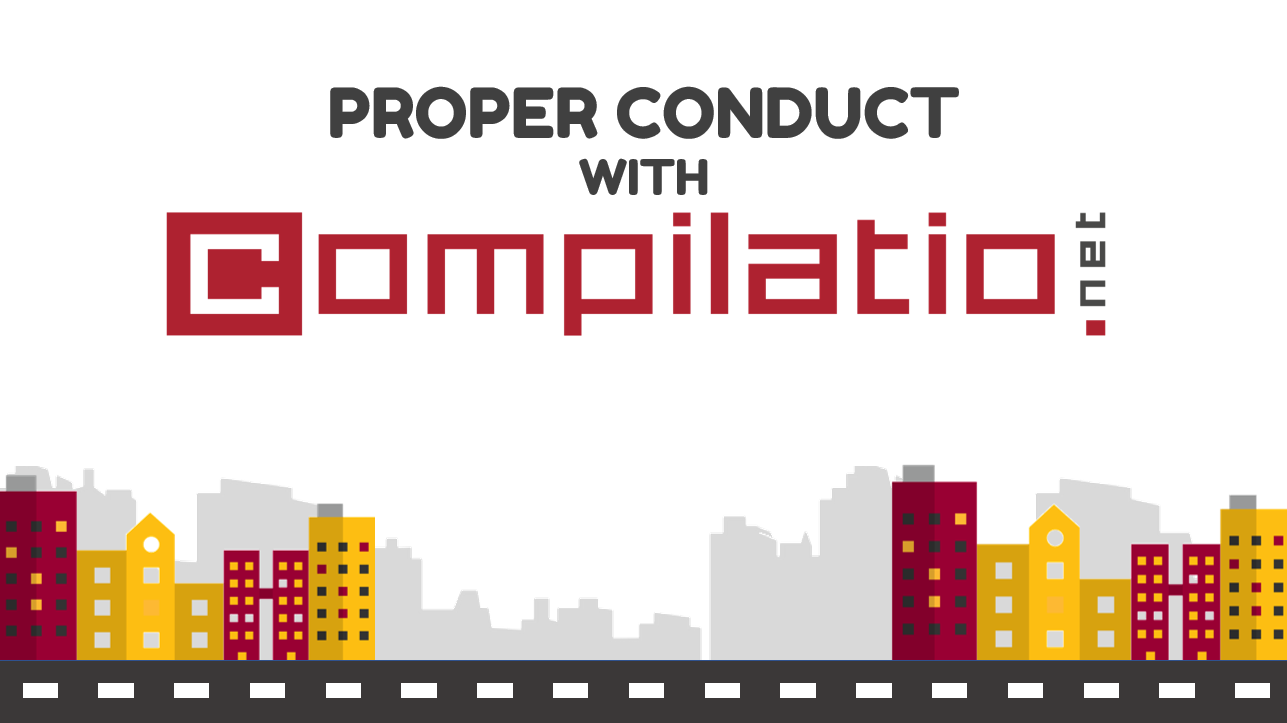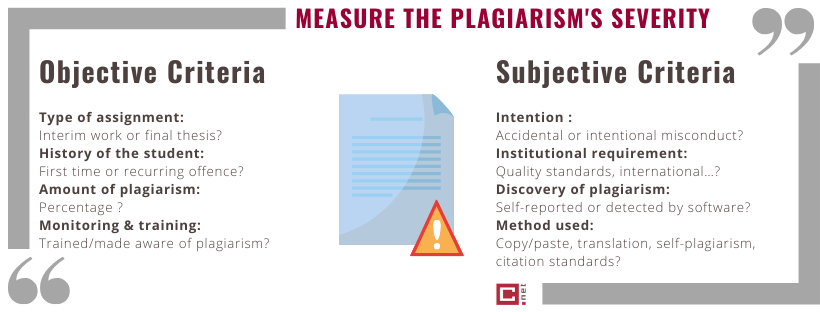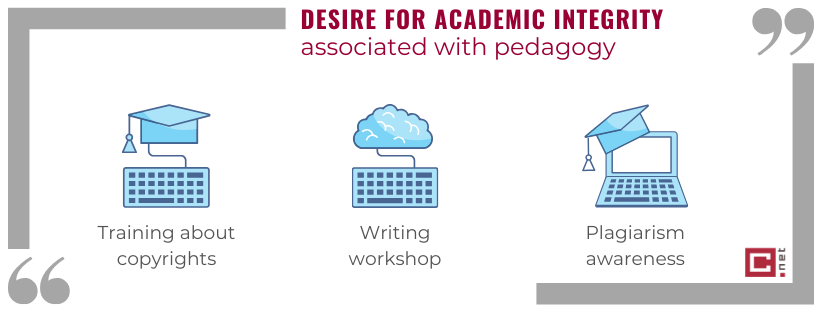Contemplate disciplinary actions suitable for cheating
Comply with your institution's regulatory framework
The "acceptable" rate of plagiarism may differ across institutions, disciplines and even courses or requested assignments. Each secondary and higher-education institution has internal regulations that define its organisation and operation. These regulations define the rights and obligations of each member of the educational community, students and teachers.
This policy should indicate which procedure you should follow in case of suspected plagiarism, as well as guidance on disciplinary actions.
For example, the anti-plagiarism charter of Grenoble Alpes University defines plagiarism and outlines the procedure to follow in the event of plagiarism.
👉 Firstly, the charter clearly describes what constitutes plagiarism and clarifies that this applies to “all documents written by students and teachers, researchers and professors in connection with course and research activities.”
👉 Building upon this common understanding, teachers are instructed to use similarity-detection software to identify instances of unattributed borrowed passages or sections of copied/pasted text in a student’s academic work.
👉 Then, if the existence of plagiarism is confirmed in a student’s assignment, the charter specifies that “plagiarists shall be brought before the qualified disciplinary unit and potential sanctions may even include permanent exclusion from any higher learning institution,” with the potential for subsequent legal proceedings as appropriate.
Refer to your administration if there is no regulation on plagiarism at your school
Many educational institutions are still in denial and refuse to admit that plagiarism is a common practice among their students. As a result, the regulatory framework regarding plagiarism is sometimes non-existent or incomplete. However, it is the communication of such a framework that helps students understand what behaviours to adopt.
In order to prevent plagiarism, it is crucial to be proactive. By way of comparison, preventive action for road safety demonstrates all these benefits.
"To explain Compilatio's approach, we will compare it to the practices of road safety. You will see that both of these are centred around a common objective: responsible behaviour." Discover our tips for avoiding plagiarism👇.






